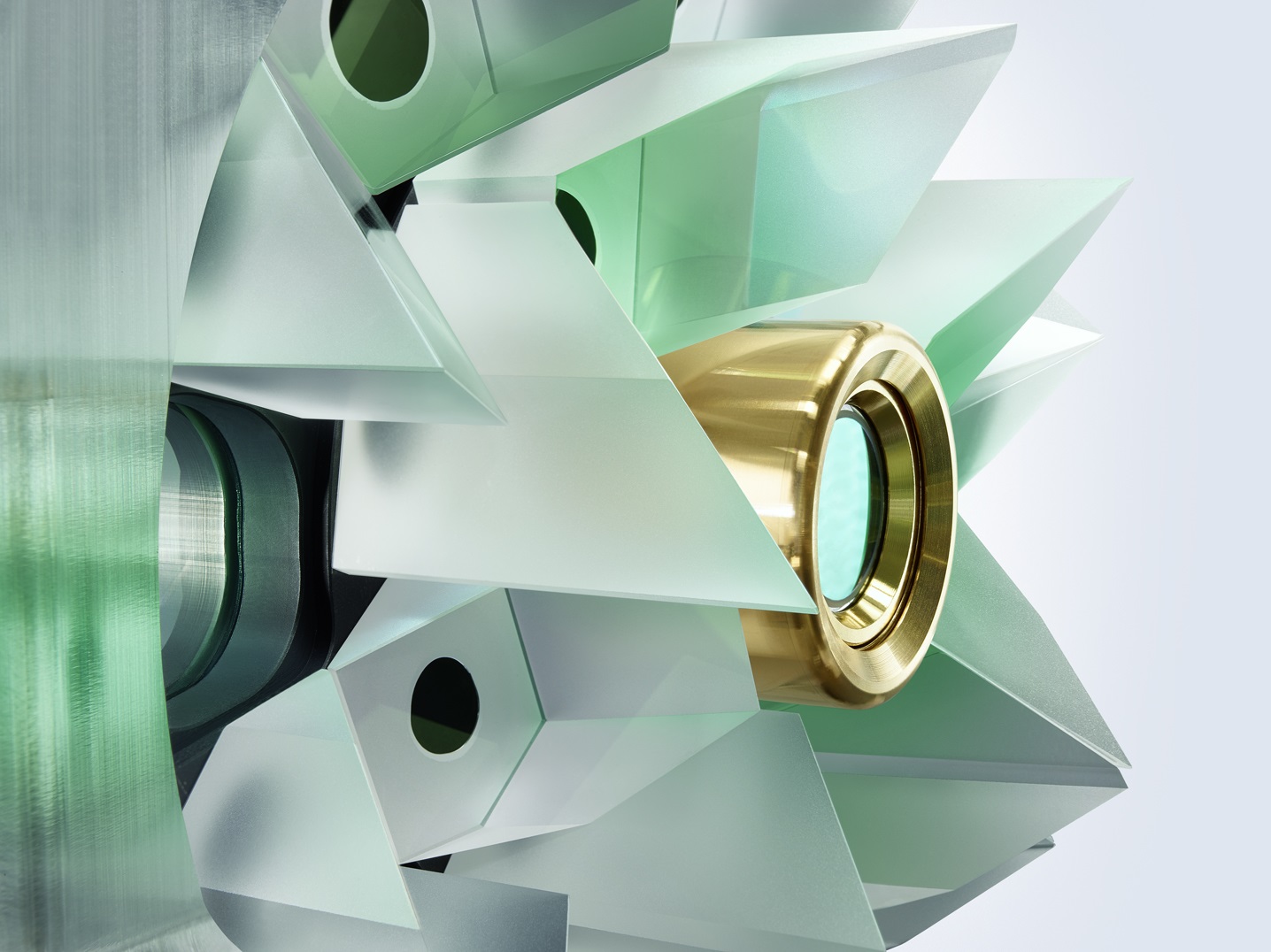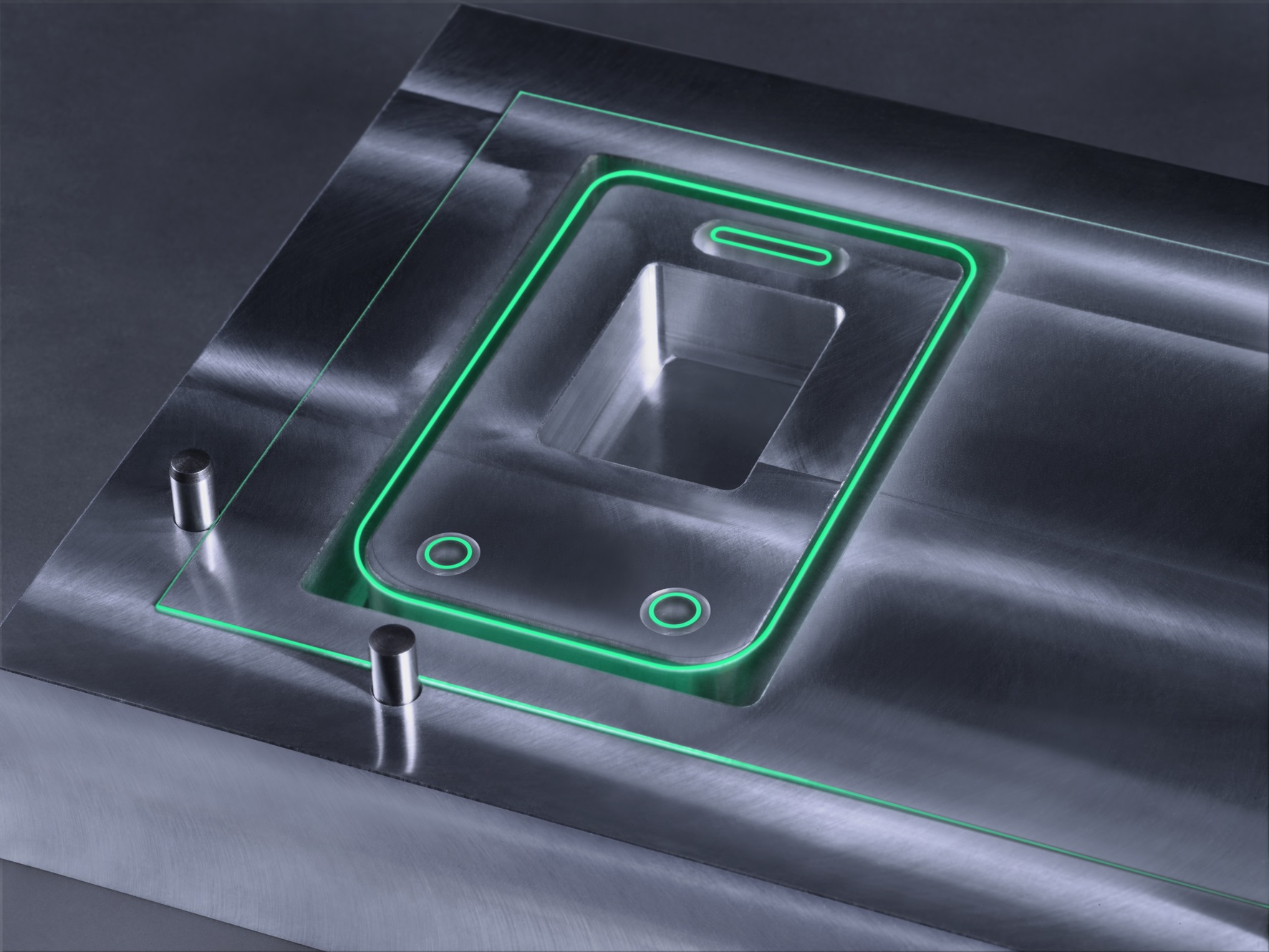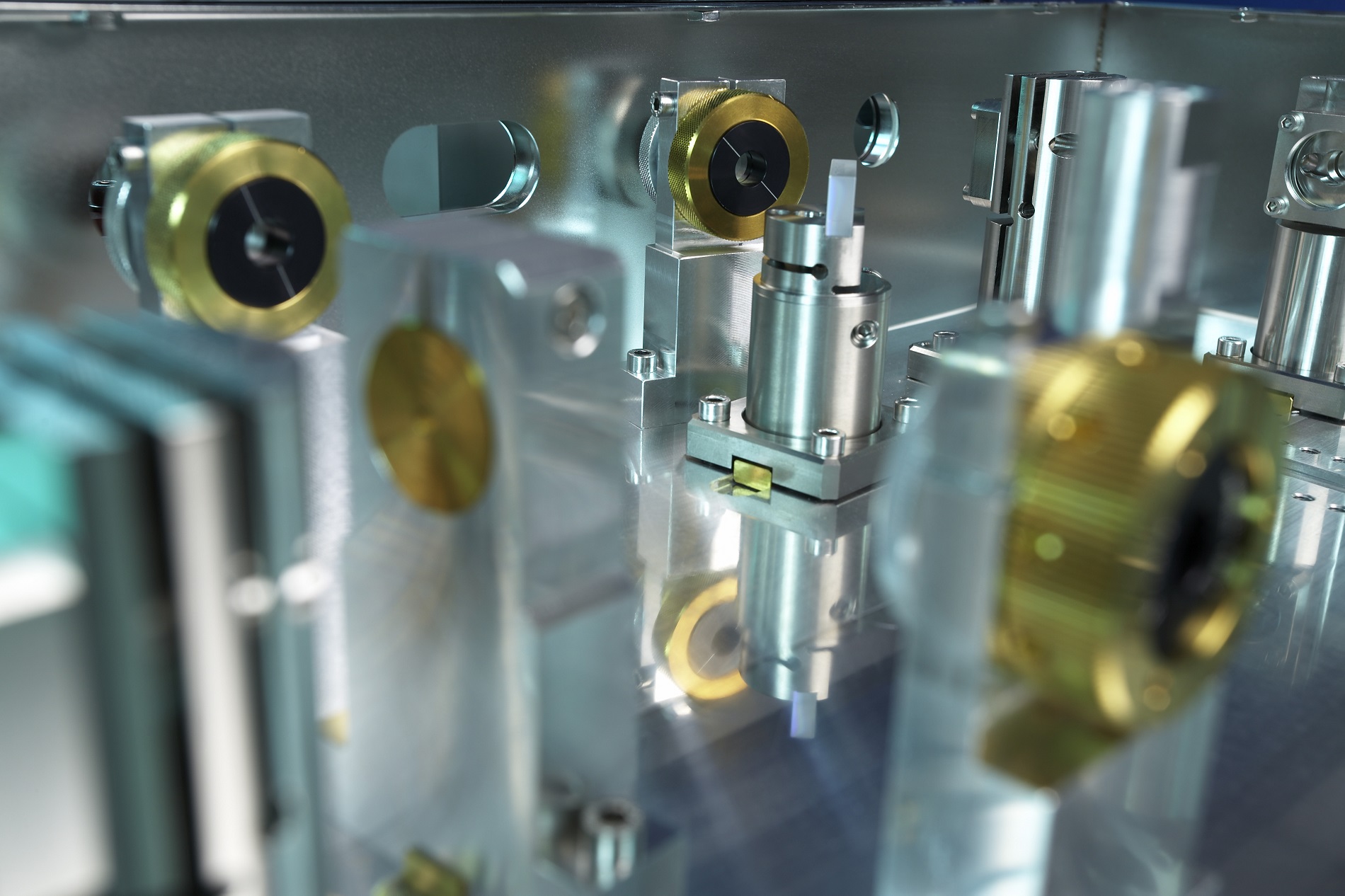Ditzingen, February 15, 2017 – The laser and laser system manufacturer TRUMPF has announced its partnership in a recently established joint research project, aiming to create the ultra-short pulse laser of the future. The project named “Scaling Ultrafast Laser Productive Precision Processing Technology”, or briefly ScULPT, was set up by a group of partners from science and industry with the objective to develop an efficient, powerful, ultra-short pulsed laser system, to enable the machining of different types of glass and metals with a tenfold increase in throughput. Dr. Dirk Sutter, head of ultra-short pulse laser development at TRUMPF and in charge of coordinating the research activities with the partners, emphasizes just how ambitious the objectives are: “We want to develop a laser system that enables high-precision material processing with ultra-short pulses at a significantly improved level of productivity. Our goal is to drastically reduce the processing cost per part in order to make new applications economically viable.” To enable this breakthrough, a significant increase of the output power available from industrial grade ultra-short pulse lasers, such as the TruMicro series by TRUMPF, is required.

Surrounded by mirrored prism retroreflectors, the YAG disk generates multi-kilowatt laser output.
Photo: TRUMPF
Ever more power per pulse
With their enormous pulse peak powers of several gigawatts and extremely short pulse durations of approximately one trillionth of a second, ultra-short pulse lasers are the perfect tool for high-precision machining of virtually any material. These sources are now well established not only in various fields of research, but also in industrial applications such as drilling and texturing of metal parts for the car industry, or ablative cutting of transparent materials such as the high-strength cover glasses used for optical displays. However, today the volume of material that can be modified or removed with each laser pulse – and therefore the resulting process throughput – is limited by the available laser pulse energy. This limitation sets the starting point for the new ScULPT project where the partners will be aiming to accelerate process throughput at least proportionally in relation to the increase in laser power.

Using a TruMicro ultra-short pulse laser to cut glass minimizes the mechanical stress on the material. This method does not produce any cracks on the edges – and that means it is no longer necessary to grind the components after cutting.
Photo: TRUMPF
New beam sources aside, transforming increased laser power into faster machining processes requires additional developments which also form part of the ScULPT project. These include the construction of application-specific machining modules with suitable, fiber-based beam guidance and beam shape adaptations for individual processes, as well as optimized synchronization between laser and beam scanning systems.
Combined expertise of project partners
The project team is formed by corporate partners TRUMPF, SCHOTT and BOSCH as well as the Universities of Jena (Institute for Applied Physics) and Stuttgart (Institut für Strahlwerkzeuge). Between them the project partners combine the necessary expertise to cover the entire value chain from basic research, ruggedization of beam sources, to laser machining of glasses and metals on an industrial scale.
The joint research project is receiving financial support over a three year period from the German Federal Ministry of Education and Research (BMBF) through the funding program Photonics Research Germany. Project administration is provided by the VDI Technologiezentrum GmbH.












